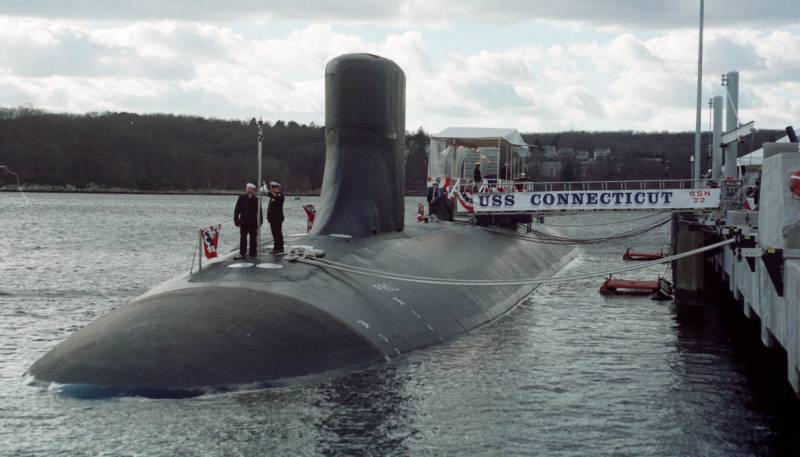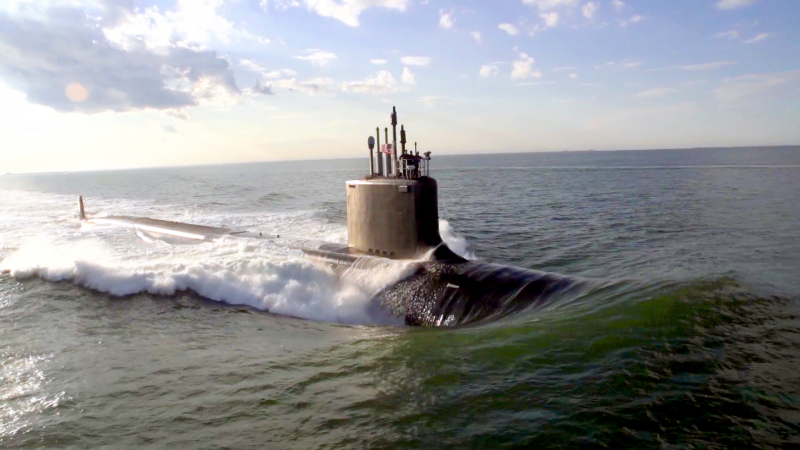The Crew on the Smallest Nuclear Sub Burned Chlorate Candles for Air
The majority of us undoubtedly have an image of a submarine in our minds. Even if you are unsure of how long or wide one is, you have a general concept of its size and shape. They do, however, come in a range of sizes. A sub of the Virginia class is 377 feet long. A Block V sub is 460 feet long. The 574-foot-long Russian Typhoon-class submarines. These can obviously be big boats. But how does the opposite end of the scale operate?
At 130 feet, the NR-1 was the smallest nuclear submarine. It was designed to be a spy ship that could access Russian communications cables when it was launched in 1969. Additionally, it was intended to descend to 2,300 feet, which at the time was a significant depth. As a result, the hull had to be created almost precisely round, with almost any tolerance for measuring error exceeding one millimeter.
There wasn't much room in the NR-1 for supplies or air because space was needed for the crew and the propulsion system. The crew had to burn chlorate candles to provide oxygen on board. These were iron and sodium chlorate canisters. This sparked a chemical process that resulted in the production of table salt, rust, and oxygen.












